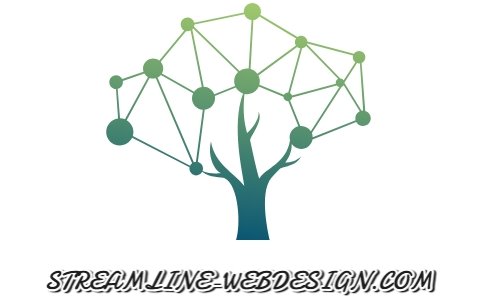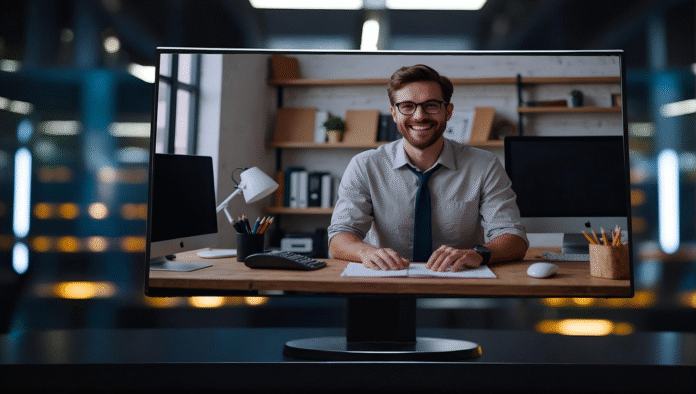
When I first transitioned into the world of accessibility in my new job, I dove headfirst into the task at hand, trying to fix as many issues as I could. Armed with knowledge and determination, I set out to improve the user experience for as many people as possible. In the early stages, the immediate results felt rewarding—solving problems, making things better. But as time went on, I quickly realized that this approach, while satisfying in the short term, wasn’t sustainable in the long run.
The truth is, when you’re dealing with accessibility remediation, especially in larger organizations, there’s a fine line between being hands-on and overburdening yourself. The risk of burnout looms large, and more critically, a dangerous precedent can be set: the expectation that the responsibility for fixing accessibility issues lies solely on one team or individual. This expectation can make future remediation efforts more difficult to execute effectively and can cause long-term setbacks.
In this article, I’ll share the lessons I’ve learned about the complexities of accessibility remediation, the importance of strategic thinking, and how you can take a more sustainable approach that benefits both individuals and the broader organization.
The Pitfall of Going Solo: Why Hands-On Isn’t Always the Best Solution
When you’re tasked with fixing accessibility issues, it’s tempting to jump into the fray and solve every problem you encounter. You might feel like you’re making a tangible difference, and the immediate feedback can feel gratifying. However, this approach isn’t scalable, especially when dealing with larger teams or a vast number of applications.
Accessibility work requires long-term planning and collaboration, not just one-time fixes. The reality is that you can’t solve everything yourself. The more hands-on you are, the more pressure builds on you, leading to burnout. What started as an exciting challenge can quickly turn into an exhausting, unmanageable task. Additionally, if your colleagues or leadership see you as the sole person responsible for accessibility, it becomes more difficult to shift the responsibility to a more collaborative, cross-functional team.
One of the critical lessons I’ve learned is that accessibility should never be viewed as a one-off task to be handled by one person. It’s a company-wide responsibility, and without broad involvement, it becomes harder to maintain progress and momentum.
A More Strategic Approach: The Importance of Collaboration
While it’s crucial not to dive into remediation without a clear strategy, that doesn’t mean you should abandon a hands-on approach entirely. The key is to strike a balance between direct action and strategic collaboration. In large organizations, working with other teams, especially those already involved in the design and development processes, can help your efforts scale and have a much broader impact.
One effective way to approach this is by collaborating closely with other departments, particularly design and engineering teams. Instead of focusing on individual fixes, consider partnering with others to solve more complex accessibility challenges. For example, engaging in pair programming sessions with colleagues can help you transfer your knowledge while working on live code. This not only provides a direct solution but also creates a learning opportunity for others on the team, ensuring that accessibility is embedded into the development process.
Another essential component of a strategic approach is code reviews. By participating in code reviews, you can help identify accessibility issues early in the development process, preventing problems from being introduced in the first place. By reviewing code as a team, you not only address current issues but also foster a culture of accountability and continuous improvement.
Perhaps the most impactful strategy for long-term success is working with design system teams. Design systems are the foundation of any digital product, and ensuring accessibility is integrated into these systems means that improvements are applied universally across all platforms and applications. This type of proactive improvement ensures that accessibility isn’t a patchwork effort but a seamless part of your organization’s design philosophy.
Shifting the Culture: From Remediation to Prevention
The ultimate goal in accessibility work should be to move from remediation (fixing issues after they arise) to prevention (building accessible products from the start). A proactive approach is far more sustainable than constantly reacting to issues that pop up. This means integrating accessibility into every part of the workflow—from planning and design to development and testing.
This shift in mindset requires a cultural change within the organization. Accessibility must be seen as an ongoing process, not just a task for a single team to fix when problems arise. By fostering a culture where accessibility is considered at every stage of development, you make it a shared responsibility that doesn’t rely on one person or team.
This culture shift can be achieved by setting clear guidelines, offering regular training sessions, and creating channels where knowledge about accessibility can be exchanged. Over time, this will create a more resilient system where accessibility is built into the DNA of your organization.
The Key Takeaways
- Scalability is Crucial: While it’s tempting to dive in and fix accessibility issues on your own, this approach is not sustainable. It can lead to burnout and create a false sense of responsibility within the organization. Instead, focus on strategic collaborations and scaling your impact through cross-functional partnerships.
- Collaborate, Don’t Isolate: Work with other teams, such as design, engineering, and product management, to address accessibility challenges early and often. Collaborating on code reviews, pair programming, and design system improvements ensures accessibility is embedded into the development process.
- Focus on Prevention: The long-term goal should be to prevent accessibility issues from arising in the first place. This requires a shift in organizational culture, where accessibility is prioritized at every stage of the design and development process.
- Build a Shared Responsibility: Accessibility isn’t just one person’s job. By fostering a culture of shared responsibility, you create a sustainable system where everyone is accountable for ensuring inclusivity in their work.
In the end, accessibility is a journey, not a destination. While remediation is essential, it should be seen as part of a larger, ongoing effort to create digital products that are accessible, inclusive, and equitable. By adopting a strategic, collaborative, and sustainable approach, you can make a lasting impact that goes beyond individual fixes and fosters a culture of accessibility throughout your organization.











